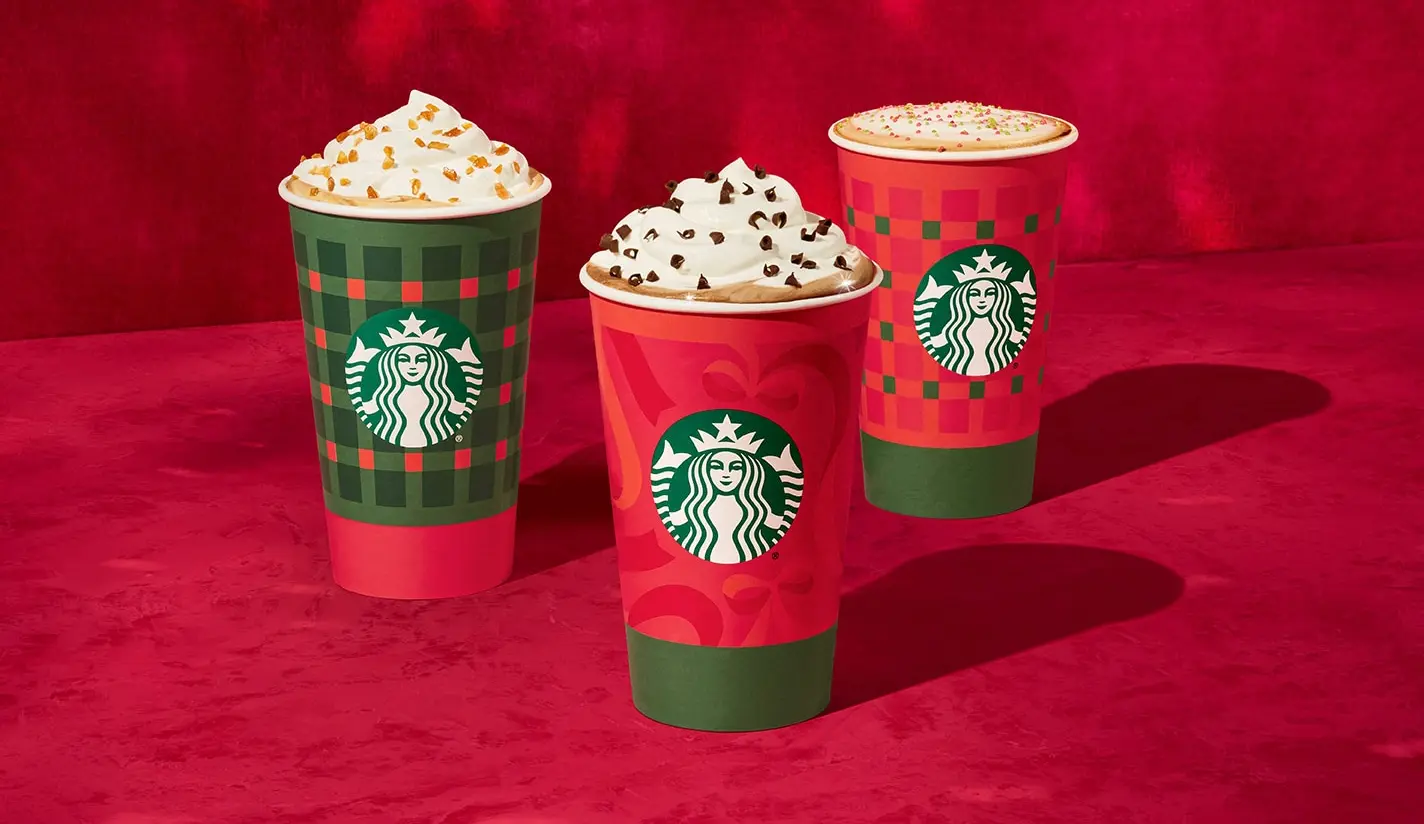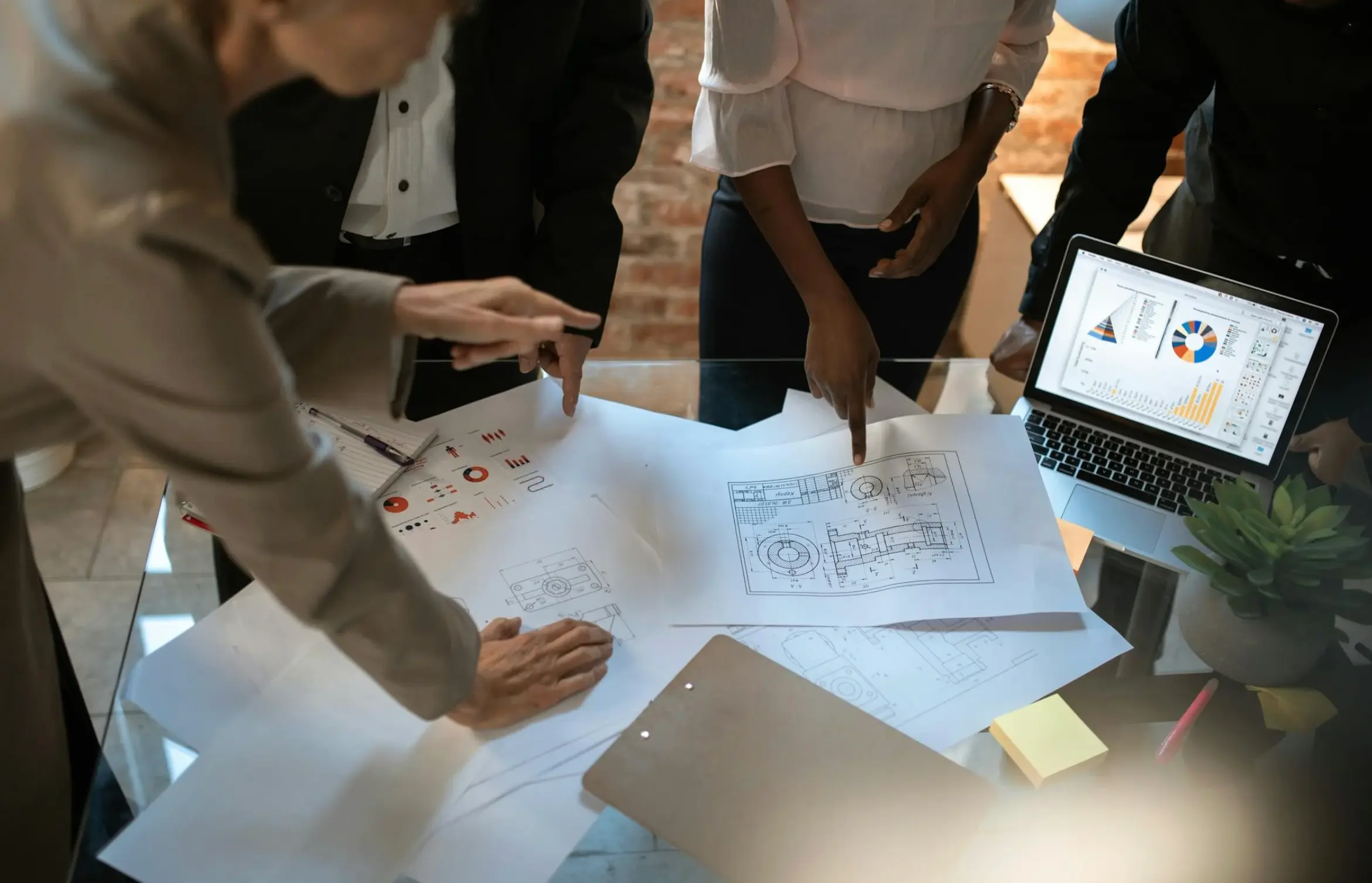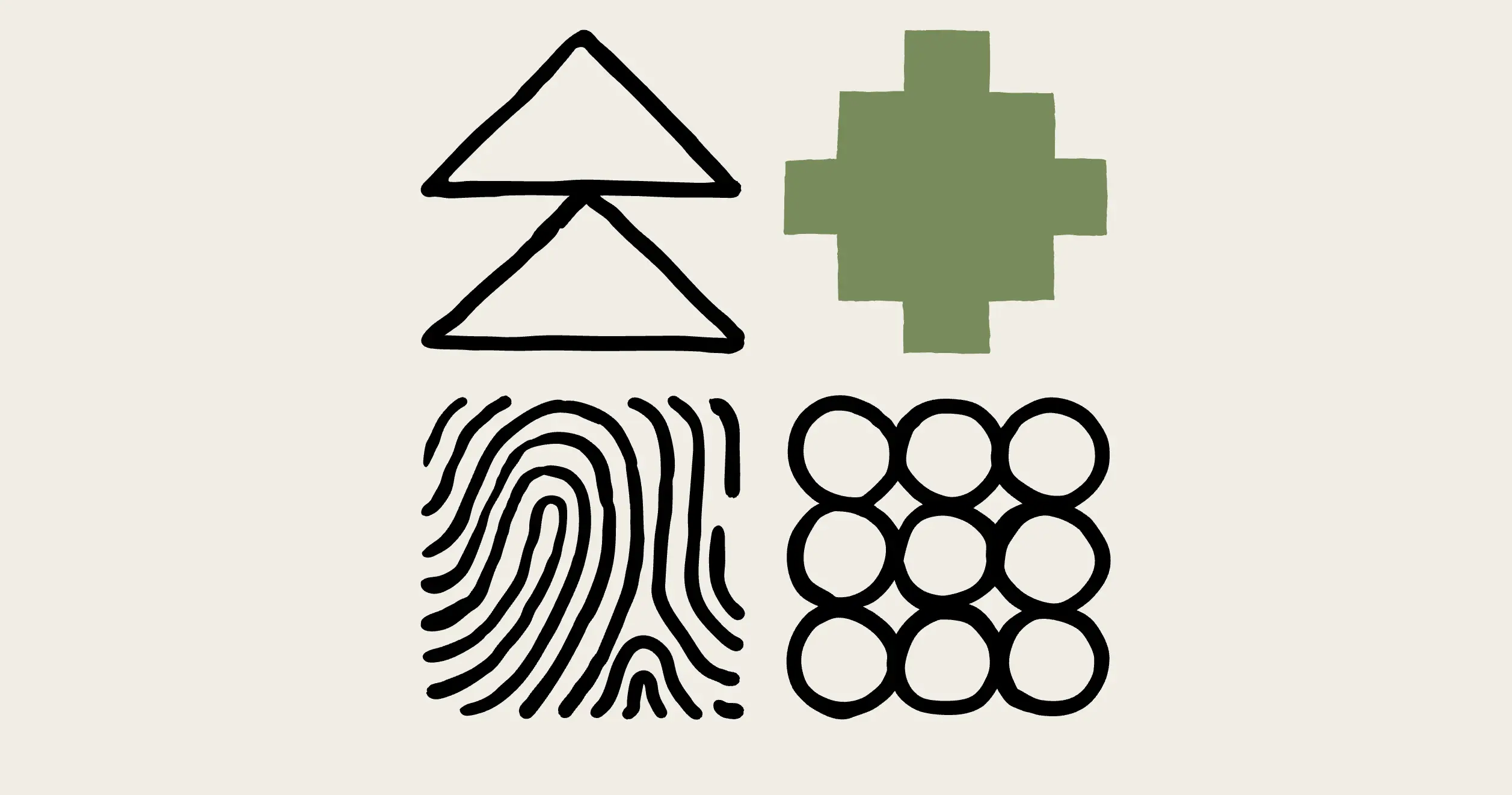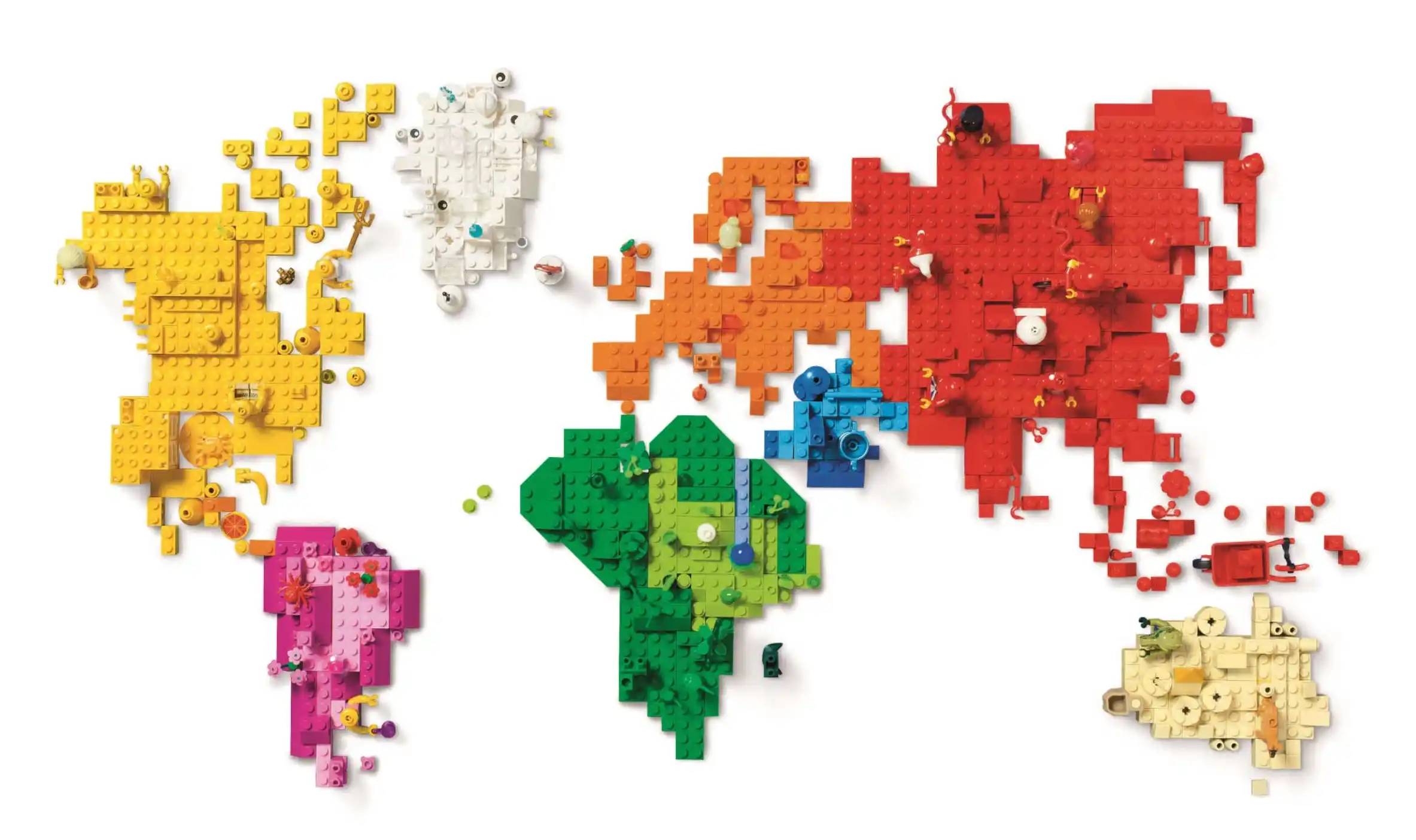7 Tech Innovations Reshaping Brand Activations
Updated on
Published on

Technology is changing how we connect with audiences, and brand activations are right at the center of this shift. We’re no longer limited to static displays or traditional booths. With the right tools, we can build interactive experiences that spark real emotion, drive engagement, and deliver measurable results.
From artificial intelligence to immersive realities, the landscape is evolving fast. Let’s look at seven innovations that are transforming how we design and deliver brand activations today.
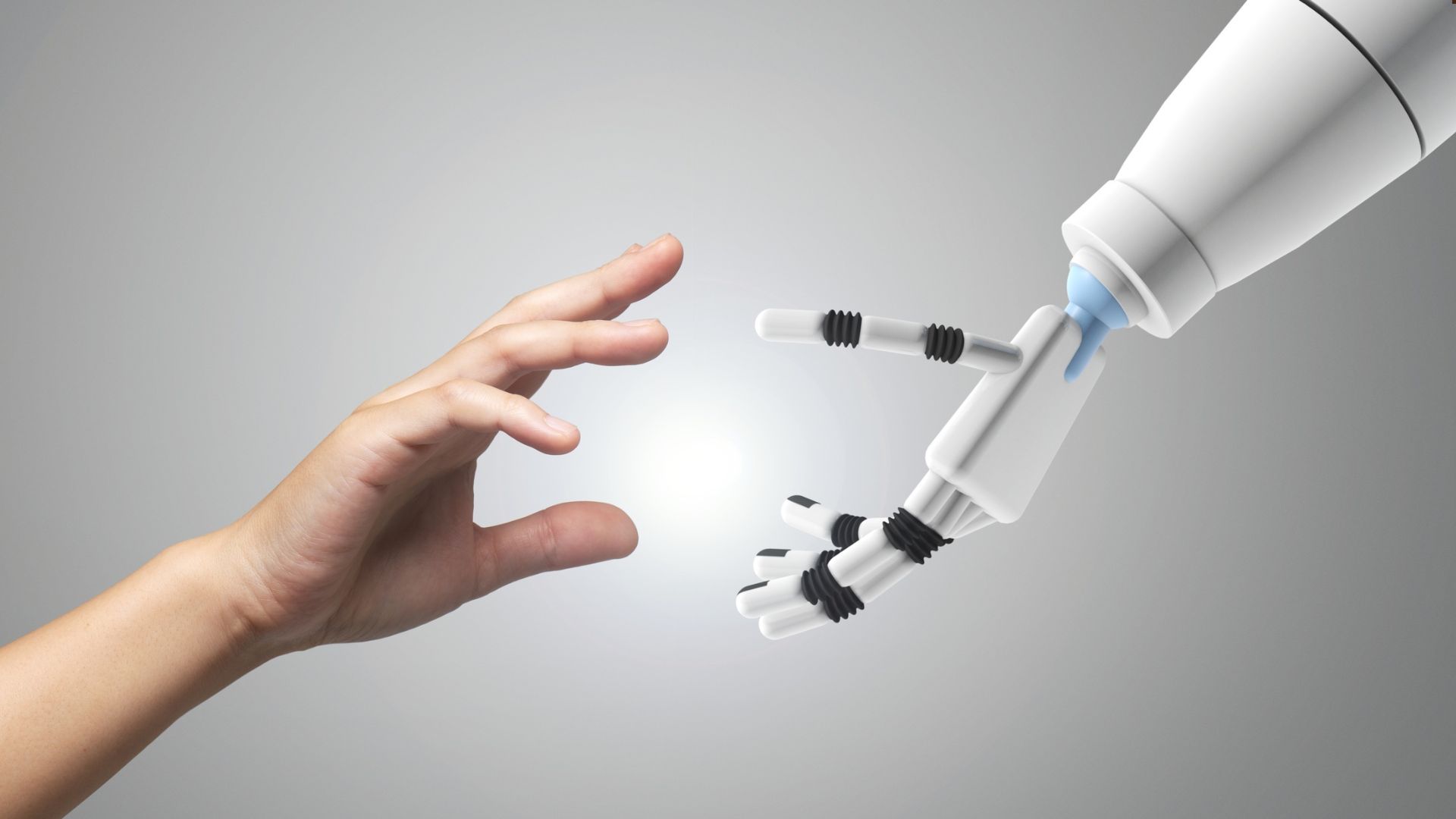
1. Artificial Intelligence
AI is redefining brand activation services by taking personalization to the next level. Chatbots now act as digital hosts, greeting attendees and guiding them through events in real time. Algorithms analyze behavior to instantly adjust content, so no two experiences feel the same.
We’re also seeing AI tools measure crowd energy, using data to tweak lighting, sound, or even music for maximum impact. This blend of smart automation and creativity ensures every participant feels seen and valued, turning ordinary activations into unforgettable, tailored moments.
2. Augmented Reality (AR)
AR turns everyday settings into interactive stages by overlaying digital elements on the physical world. Imagine scanning a product with your phone and unlocking a 3D animation that tells its story. Or walking into a retail space where AR signage guides you with fun visual cues.
The magic lies in how natural and playful it feels, encouraging people to share the experience instantly on social platforms. This complements any social media presence and social media marketing you already have.
For brands, AR creates buzz while deepening engagement, transforming passive interactions into lively, hands-on encounters that people remember and talk about.
3. Virtual Reality (VR)
VR takes immersion to a new level by transporting participants into fully realized branded worlds. Customers can step into a virtual showroom, test-drive a car without leaving the venue, or explore a faraway destination with a headset. This kind of experience builds emotional bonds because it feels lived rather than shown.
VR activations also encourage storytelling, giving brands the chance to craft environments that reflect their identity. As headsets become more lightweight and affordable, we’re seeing VR move from niche to mainstream, creating scalable, impactful activations.
4. Gesture Recognition
Gesture recognition flips the script by making people the controllers of the experience. Through motion, smiles, or even a simple wave, audiences trigger content that responds instantly. Think vending machines that reward a grin with a free snack or installations that change visuals with a hand swipe. These unexpected interactions make guests feel like co-creators, not just observers.
The result is excitement, laughter, and genuine surprise. Brands using this technology stand out for innovation, proving that small moments of delight can leave lasting impressions long after the event.
5. Location-Based Tech and Beacons
Location-based tools let brands engage audiences at precisely the right place and time. Beacons send personalized messages, offers, or content directly to a participant’s phone as they approach a display or zone. This makes activations more seamless and relevant.
Picture attending a large expo and receiving a notification guiding you to a booth with a special offer just for you. These real-time nudges increase conversions while adding convenience. By connecting physical movement with digital messaging, brands can deliver experiences that feel thoughtful, timely, and incredibly personal.
6. 3D Printing
3D printing makes activations tangible by turning digital ideas into physical keepsakes. Guests can watch items being created on the spot, from custom keychains to mini product replicas designed just for them. This interactive process adds a layer of excitement because participants leave with something truly unique.
The object itself becomes a conversation starter, extending the reach of the brand well beyond the event. By merging creativity with cutting-edge tech, 3D printing transforms giveaways into meaningful souvenirs that carry a story and a lasting connection.
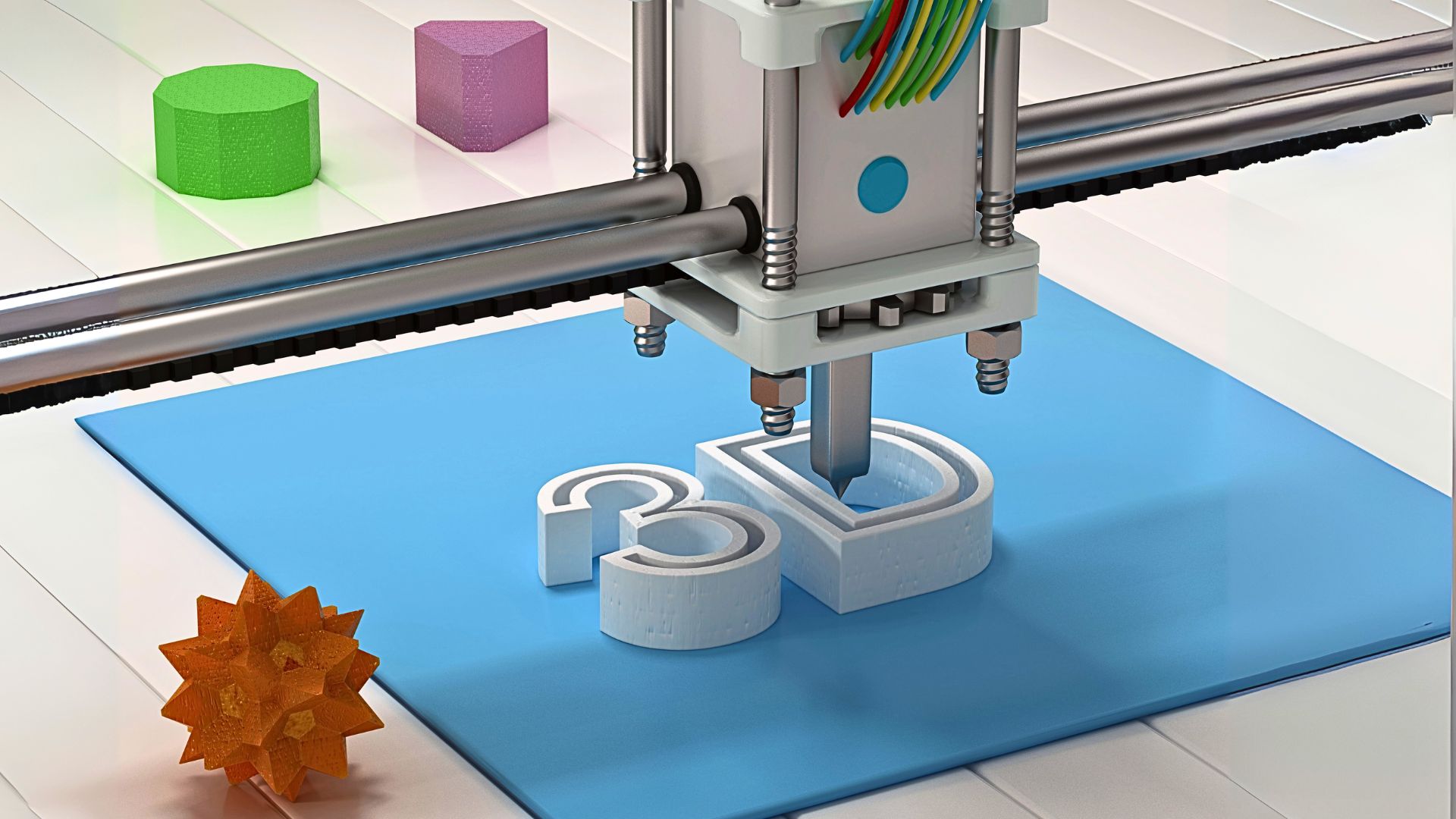
7. Hybrid and Virtual Event Platforms
Hybrid event platforms have redefined accessibility by combining live and virtual experiences into one. In-person guests enjoy the buzz of being there, while remote participants join through interactive features like polls, Q&A, or gamified challenges. These platforms keep everyone engaged while capturing detailed analytics about audience behavior.
Brands benefit from a broader reach without sacrificing depth of connection. They also allow events to live on, with recordings and digital communities extending the experience. By bridging physical and digital, hybrid platforms make activations more inclusive and impactful.
Conclusion
The future of brand activations is being shaped by technology that puts the audience at the center. Whether it’s AI-driven personalization, immersive realities, or hybrid platforms, these innovations help us create experiences that stick.
As marketing professionals, we have an incredible toolkit at our fingertips. By embracing these technologies, we can design activations that not only capture attention but also build lasting connections.

